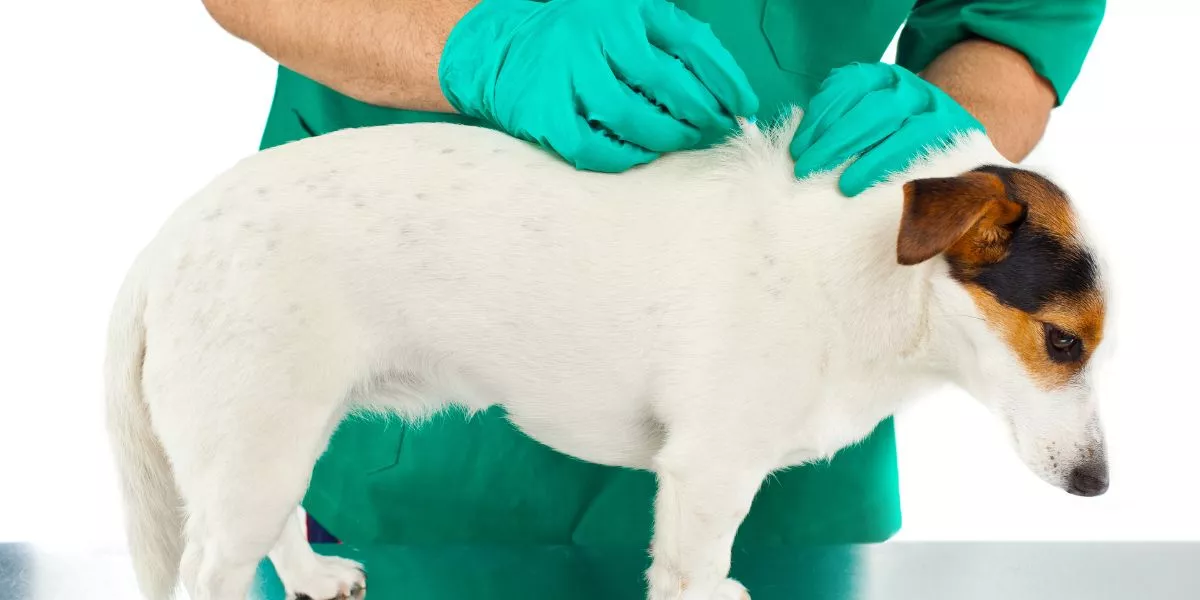
To keep your furry friend safe from ticks and fleas, a proactive approach is key. While topical treatments and environmental control play significant roles, there are other essential steps you can take to safeguard your dog's well-being. By incorporating a few simple practices into your routine, you can create a strong defense against these pesky parasites. Remember, prevention is always better than dealing with an infestation later on.
Importance of Tick and Flea Prevention
To keep your dog healthy and comfortable, preventing ticks and fleas is essential. These pesky parasites not only cause itching and discomfort for your furry friend but can also transmit diseases that can be harmful or even fatal. Tick-borne diseases like Lyme disease and ehrlichiosis, as well as flea-related health issues such as flea allergy dermatitis, are serious concerns that can impact your dog's well-being.
Topical Treatments for Dogs
Prevent ticks and fleas on your dog effectively with topical treatments recommended by your veterinarian. These treatments come in various forms such as spot-on treatments, sprays, shampoos, and powders. They work by either repelling or killing ticks and fleas on contact. Spot-on treatments are a popular choice as they're easy to apply and provide long-lasting protection. Simply part the fur on your dog's back and apply the treatment directly to the skin. Make sure to follow the instructions carefully and avoid bathing your dog for a few days after application to ensure the treatment remains effective.
Topical treatments are a convenient way to protect your dog from ticks and fleas without the need for oral medications. They're suitable for dogs of all sizes and ages but always consult your veterinarian before starting any new treatment. Regular use of these topical treatments can help keep your furry friend free from pesky parasites and ensure they stay healthy and happy.
Environmental Control Methods
Implementing environmental control methods is essential in effectively managing ticks and fleas in your dog's living spaces. Start by regularly vacuuming carpets, rugs, and furniture to remove any eggs, larvae, or adult parasites.
Wash your dog's bedding, blankets, and toys in hot water weekly to kill any existing pests. Consider using a vet-approved insecticide spray or fogger in your home, focusing on areas where your dog spends the most time.
Keep your yard tidy by mowing the lawn regularly and removing any tall grass, leaves, or brush where ticks and fleas thrive. Create a barrier by placing gravel or wood chips between your lawn and wooded areas to reduce the chances of ticks migrating.
Additionally, consider landscaping with plants that naturally repel ticks and fleas, such as lavender or marigolds. By implementing these environmental control methods, you can create a safer and more comfortable living environment for your beloved pet.
Regular Inspection and Grooming
Regularly checking your dog for ticks and fleas and maintaining a grooming routine is crucial for their overall health and well-being. By inspecting your furry friend frequently, you can catch any signs of these pesky parasites early and take necessary action.
When grooming your dog, pay close attention to their fur, especially in warm and humid seasons when ticks and fleas are most active. Use a fine-toothed comb to check for any signs of these insects, focusing on areas like the neck, ears, armpits, and belly where they tend to hide.
If you spot any ticks or fleas, remove them carefully with tweezers, ensuring you extract the entire insect to prevent infection. Additionally, regular grooming helps maintain your dog's coat, skin, and overall hygiene, reducing the risk of infestations.
Make grooming and inspection a routine part of your dog care regimen to keep them healthy and happy.




